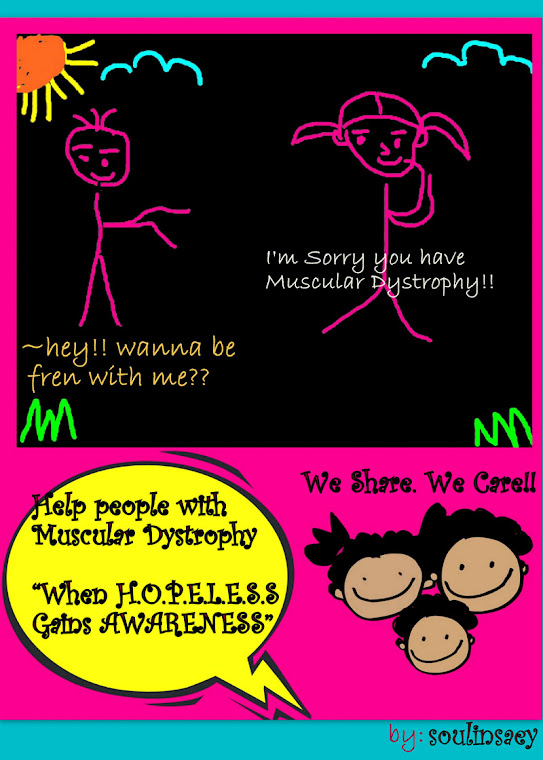Muscular Dystrophy
Muscular dystrophy (MD) is a family of genetic disorders characterized by progressive muscle weakness, loss of muscle function, and wasting. Despite many years of intensive research—and heavy publicity—aimed at conquering this tragic disease, patients rarely survive past 30 years of age.
The many forms of MD are distinguished on the basis of their chief characteristics. They may be categorized according to the ways symptoms manifest, such as where, precisely, muscle weakness occurs primarily, or at what age symptoms commence, or in what manner the disorder is inherited. For instance, the most common form, Duchenne muscular dystrophy (DMD), is passed only from a female parent to her son(s). In addition to being the most common form of MD, DMD (also known as Meryon’s disease) is the second most common childhood genetic disease, afflicting one of every 3330 to 3500 boys born worldwide (Tidball JG 2004 et al).
DMD is also defined by the specific genes it affects. There are many other varieties of MD, characterized by the muscular groups involved, the age of onset, and other criteria. Most forms of MD result from mutations in genes that ordinarily code for a variety of proteins and enzymes associated with the structure and function of muscle cells. DMD and Becker MD, for example, are associated with a deficiency of the protein dystrophin. Other MDs are associated with deficiencies in additional proteins (Guglieri M et al 2005). Half of congenital MD cases, for instance, involve a deficiency of merosin (Nieto-Ceron S et al 2005).
Unless otherwise noted, in this discussion DMD will be considered representative of the general MD family of diseases and referred to in particular. Although specifics may not apply to all forms of MD, the general principles involved are similar. It should be noted, however, that there is wide variability among specific subtypes of muscular dystrophies in terms of the age of onset, patterns of skeletal muscle involvement, rate of complications such as heart damage, rate of progression, and mode of inheritance (Guglieri M et al 2005).
